ADIES Risk & Cooling Guide
Estimate your risk of antidepressant-induced excessive sweating (ADIES) and get targeted cooling recommendations.
Click "Calculate Risk" above to see your results
0%
Risk level
Select your antidepressant class to see relevant cooling strategies
When a prescription meant to lift your mood leaves you drenched, it feels like a cruel twist of fate. Antidepressant‑induced excessive sweating (ADIES) is a form of iatrogenic hyperhidrosis that occurs directly because of the medicine you’re taking. The good news? You don’t have to accept it. Below is a practical, step‑by‑step toolkit that lets you stay cool, keep your confidence, and stay on track with your mental‑health treatment.
What is ADIES and how often does it happen?
ADIES covers any sweating that exceeds normal thermoregulation and is linked to an antidepressant or other drug. Studies from 2022 to 2025 put the prevalence between 4 % and 22 % of all antidepressant users, with SSRIs hovering around 10 % and some agents like paroxetine pushing close to 19 %.
Beyond the numbers, patients report constant damp shirts, soaked pillowcases, and embarrassing damp palms that interfere with work and sleep. Because the symptom can appear within weeks or surface after months of stable dosing, a clear monitoring plan is essential.
Which medications are the biggest sweat‑triggers?
Not every pill is created equal. Here’s a quick snapshot of the main classes and the agents most often blamed for ADIES:
| Class | Typical agents | Reported sweating rate |
|---|---|---|
| SSRIs | Sertraline, Paroxetine, Fluoxetine, Fluvoxamine | 7‑19 % |
| SNRIs | Venlafaxine, Duloxetine | 10‑15 % |
| Tricyclics | Amitriptyline, Nortriptyline | 8‑12 % |
| Other agents | Bupropion, Trazodone | 5‑9 % |
Rule out serotonin syndrome first
Excessive sweating alone is usually benign, but if it comes with rapid heart rate, high fever, muscle rigidity, or tremor, you could be facing serotonin syndrome - a medical emergency. Call emergency services right away if you notice these extra signs.
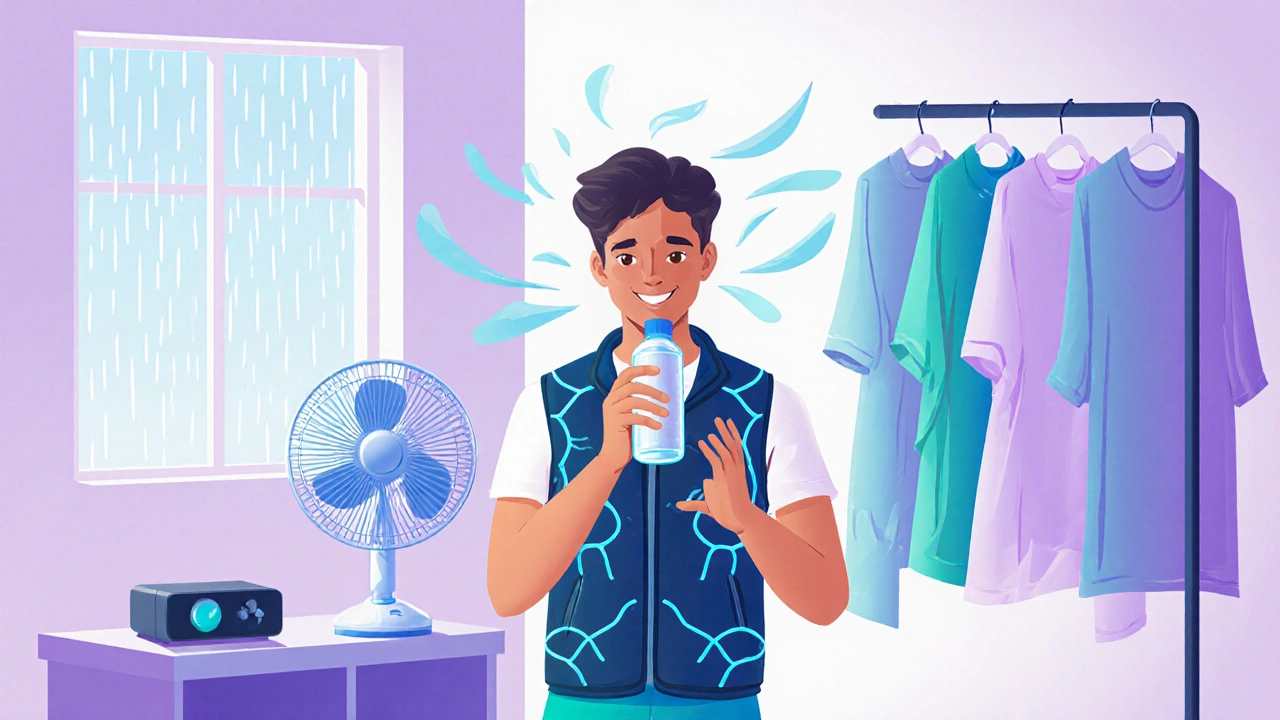
Non‑pharmacologic cooling strategies you can start today
These low‑cost tactics are the first line because they don’t interfere with your meds.
- Cool‑down wardrobe: Choose moisture‑wicking fabrics (technical polyester blends, bamboo) that pull sweat away from the skin and dry quickly.
- Antiperspirant boost: Apply a clinical‑strength antiperspirant containing 15‑20 % aluminum chloride to the underarms, palms, and the back of the neck. Reapply at night for best effect.
- Cooling vest - a wearable that circulates chilled water or uses phase‑change material. A 2022 pilot trial showed a 60 % drop in self‑reported sweating scores for ADIES patients who wore it 4 hours a day.
- Strategic hydration: Drink cool water throughout the day, but avoid excess caffeine or alcohol, which raise core temperature.
- Environment control: Keep indoor temps around 68‑70 °F (20‑21 °C), use a fan, and consider a portable air‑conditioner for home offices.
When lifestyle tweaks aren’t enough - medication adjustments
Talk to your prescriber before changing anything. Here’s the usual hierarchy:
- Dose reduction: Works for some, but studies show only about 40 % success because sweating isn’t always dose‑dependent.
- Switching agents: Move to a drug with a lower sweating profile. Common moves include:
- Sertraline → Fluvoxamine
- Escitalopram → Citalopram (case report shows complete resolution)
- SSRI → Trazodone (good for patients who also need sleep aid)
- Adjunctive anti‑sweat meds (prescribed when the above fail):
- Benztropine 0.5‑1 mg daily - 75 % symptom reduction in case series.
- Glycopyrrolate 1‑2 mg daily - similar efficacy, fewer cognitive side effects.
- Terazosin 1‑5 mg at night - useful when blood‑pressure effects are acceptable.
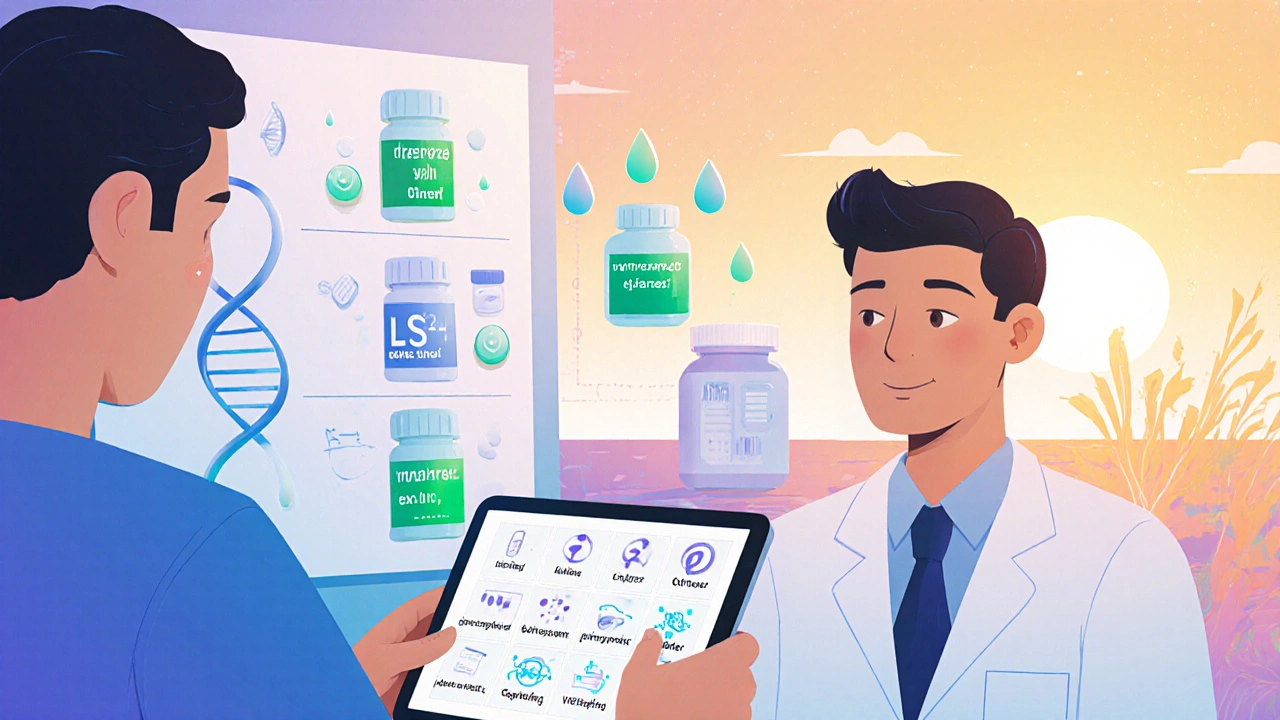
Quick decision checklist
- Is sweating > 2 hours a day or interfering with daily life?
- Are there any signs of serotonin syndrome? (If yes → emergency care)
- Have you tried wardrobe & antiperspirant tweaks?
- Is a cooling vest affordable and practical for you?
- Discuss dose reduction or switch with your doctor.
- If still problematic, ask about benztropine, glycopyrrolate, or terazosin.
Future outlook - why hope is on the horizon
By 2027, pharmacogenomic panels that flag high‑risk CYP2D6 metabolizers should let prescribers avoid the sweat‑heavy drugs in the first place. Meanwhile, newer antidepressants that target 5‑HT2 receptors (e.g., LS‑2‑1123) report sweating rates under 4 % in Phase II trials. Keeping an eye on these developments can help you plan a smoother treatment path.
Bottom line
You don’t have to quit a medication that’s helping your mood just because it makes you sweat. Start with simple cooling hacks, move to a smarter drug choice if needed, and keep a few prescription options in your back pocket for stubborn cases. With the right plan, you can stay cool and stay on track.
Why does an antidepressant cause sweating?
Most antidepressants affect serotonin pathways that also regulate the hypothalamus, the brain’s thermostat. When serotonin signaling is altered, the body can misread temperature cues and turn on sweat glands unnecessarily.
How long does ADIES usually last?
For many people the symptom persists as long as the drug is taken. Some report a gradual reduction after 6‑12 months, but most experts say tolerance does not reliably develop.
Can over‑the‑counter antiperspirants help?
Yes. Products with 15‑20 % aluminum chloride work best when applied at night and re‑applied in the morning. They target the sweat glands directly, reducing output by up to 70 % in some users.
When should I ask my doctor about switching antidepressants?
If sweating interferes with work, social life, or sleep for more than a couple of weeks despite basic cooling measures, schedule a review. Your doctor can suggest a lower‑risk alternative or add an adjunct medication.
Are cooling vests safe for long‑term use?
They’re non‑invasive and have no systemic side effects. The main considerations are battery life, comfort, and cost. Most users find daily wear of 4‑6 hours safe and effective.

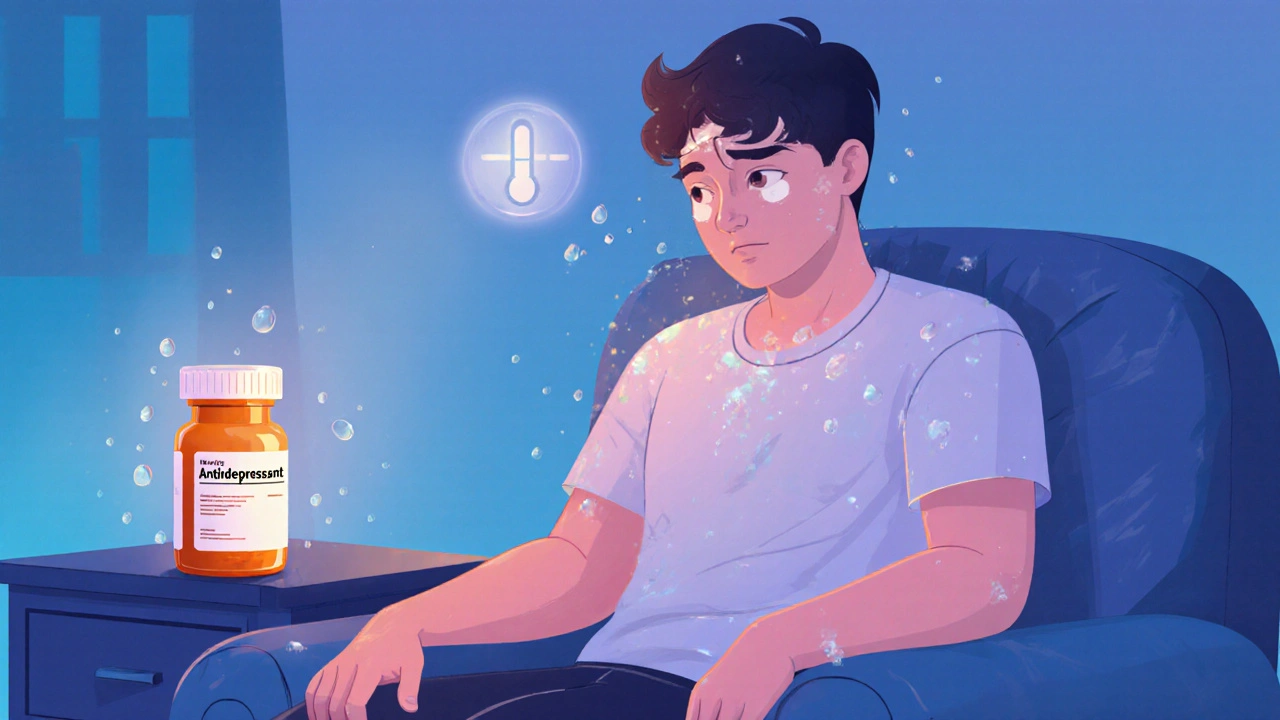

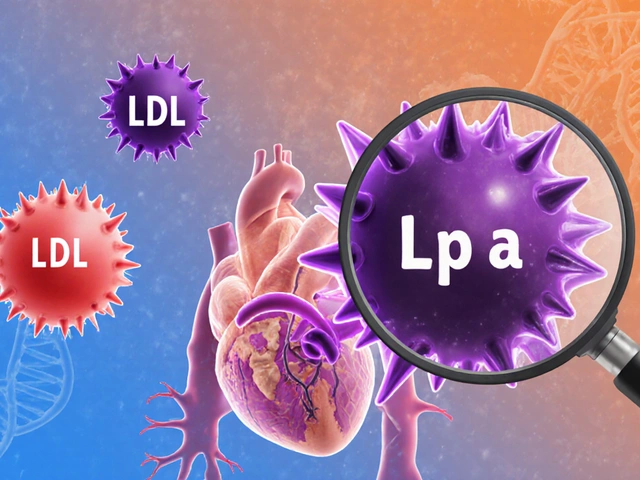


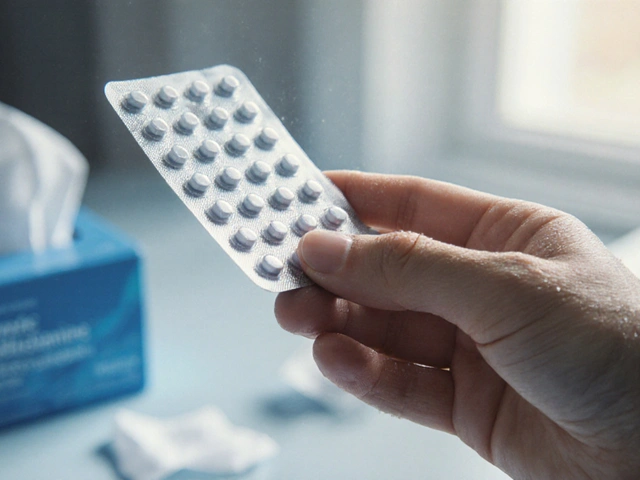
Jeremy Lysinger
October 24, 2025 AT 12:20